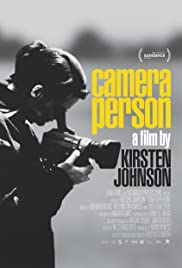
As a visually radical memoir, CAMERAPERSON draws on the remarkable footage that filmmaker Kirsten Johnson has shot and reframes it in ways that illuminate moments and situations that have personally affected her. What emerges is an elegant meditation on the relationship between truth and the camera frame, as Johnson transforms scenes that have been presented on Festival screens as one kind of truth into another kind of story—one about personal journey, craft, and direct human connection.
You May Also Like

A behind-the-scenes look at the highly-anticipated two-part film adaptation of the hit Broadway musical, featuring interviews with the cast and crew.

As their bodies give way to Parkinson’s disease, two New York actors put their hearts into one final Off-Broadway production of Beckett’s “Endgame,” the play that posits, “there’s nothing funnier than unhappiness.”

Randy Schoenberg (grandson of the famous composer) and his 18-year-old son Joey journey through Europe and the centuries to reclaim 500 years of family history.

An exhilarating journey of artistic discovery… 100,000 miles, 1,000 destinations in the search for 100 under-recognized American artists for one unforgettable exhibition. The curatorial team of Crystal Bridges Museum of American Art in Bentonville, Arkansas, crisscrossed the nation to find extraordinary contemporary art happening in unexpected places: the woods of North Carolina, the deserts of Nevada, the backstreets of Pittsburgh, the foothills of Arkansas, the riverbanks of New Orleans. The art and artists found by the Crystal Bridges team led to a groundbreaking exhibition of 227 works of contemporary art, many of which might otherwise have never been seen.
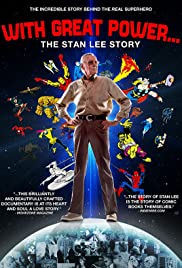
At 89 years old, Stan Lee’s name appears on more than one BILLION comics in 75 countries in 25 languages. Arguably the most recognized name in comics, Stan Lee has co-created over 500 legendary pop culture characters including Spider-Man, Fantastic Four, X-Men, Iron Man, Thor and The Hulk. Stan continues to create new material and entertain fans of all ages with fantastic stories and characters in all areas of entertainment. With Great Power: the Stan Lee Story, explores the vivid life and imagination of Stan Lee, from the early days of his Depression-era upbringing through the Marvel Age of Comics and beyond! The film uncovers original transcripts, illustrations, photographs and stories of Lee’s fascinating journey from his early years at Timely Comics and World War Two, the comic book industry’s censorship battle of the 1950’s led by Dr. Fredric Wertham, the dawn of Marvel Comics and the legendary characters Stan co-created, to his current company POW! Entertainment.

Paris, summer 1960. Anthropologist and filmmaker Jean Rouch and sociologist and film critic Edgar Morin wander through the crowded streets asking passersby how they cope with life’s misfortunes.
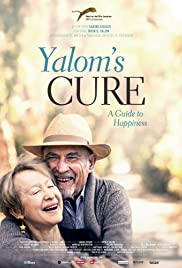
Documentary about the psychotherapist Irvin D. Yalom.
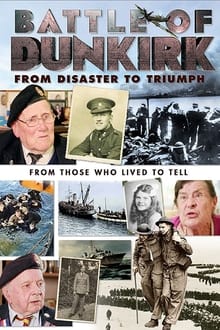
Relive the bravery of the Dunkirk veterans in defenseless boats crossing the English Channel to rescue the stranded soldiers from the inferno through their uplifting stories of heroism in a battle that changed the course of WWII.

A spiritual journey into the highlands of Harar, immersed in the rituals of khat, a leaf Sufi Muslims chewed for centuries for religious meditations – and Ethiopia’s most lucrative cash crop today. A tapestry of intimate stories offers a window into the dreams of youth under a repressive regime.
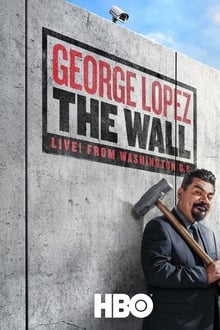
George Lopez returns for his fourth live solo stand-up special on HBO. George Lopez: The Wall, Live From Washington D.C. features Lopez with all new material, performed before a live audience at the Kennedy Center.

Over six decades, Richard Demarco CBE, the Scottish artist and iconic promoter has brought 1000s of artists to the Edinburgh Festival and launched the careers of some of the most famous names in contemporary art. Yet today, Demarco struggles to make ends meet and is out of favour with the modern art wold. The film discusses how art has been commodified in society by dominant forces. How can society remedy the absence of art in the lives of those who feel excluded? Demarco wants to put this right before his final breath!

The extraordinary story of disco queen Donna Summer through a rich archive of unpublished film excerpts, home video, photographs, artwork, writings, personal audio and other recordings that span the life of one of the most iconic performers ever to shake a room to its timbers. From her early career with Giorgio Moroder in Germany, to later years more focused on spirituality and family life as a shelter from troubles associated with both notoriety and intimate wounds, her story is all the more special for being told in the first person – both singular and plural.